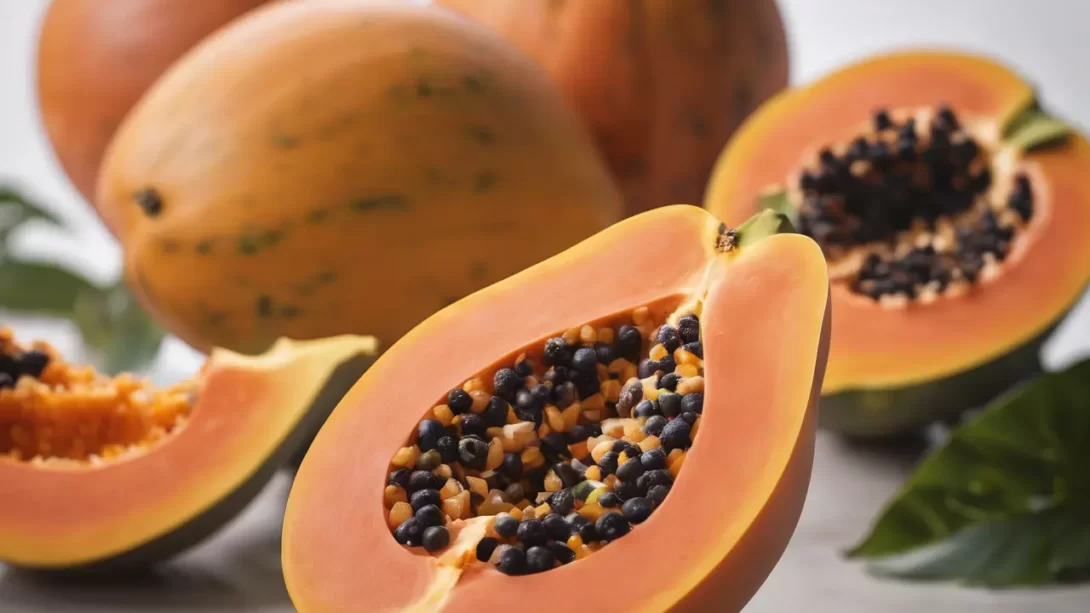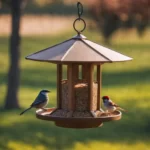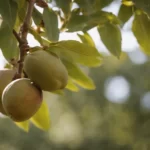Papaya, with its sweet taste and vibrant color, is a favorite in many kitchens around the globe. Often used in both sweet and savory dishes, this tropical fruit raises a common question regarding preservation: Can you freeze papaya? This article delves into the process of freezing papaya, ensuring you can enjoy this delightful fruit even out of season.
Characteristics of Papaya
Papaya is known for its soft, butter-like texture and a flavor profile that ranges from mildly sweet to musky. It’s packed with nutrients, including vitamins C and A, fiber, and antioxidants. The ripening stage of papaya plays a critical role in determining its suitability for freezing. Fully ripe papayas, characterized by their slightly soft texture and rich, orange color, are ideal for freezing. In contrast, under-ripe papayas may not freeze as well due to their firmer texture and lack of full flavor development.
Preparing Papaya for Freezing
Proper preparation is key to successfully freezing papaya. Here are the steps:
- Peeling and Cutting: Begin by peeling the papaya and removing the seeds. Cut the fruit into your desired shape and size – cubes, slices, or balls are popular choices.
- Pre-Treatment Methods: To retain the papaya’s vibrant color and flavor, a pre-treatment can be beneficial. One method is to coat the papaya pieces lightly with a sugar syrup or lemon juice.
- Portioning: If you plan to use the papaya in specific recipes, portioning it into usable amounts before freezing can be helpful.
These preparation steps are essential to ensure that the papaya retains its best qualities when frozen and thawed.
Freezing Methods for Papaya
Papaya can be frozen in various forms:
- Whole or Sliced: Whole papayas can be frozen, though they take up more space. Sliced or cubed papaya is more common and convenient for later use.
- Pureed: For smoothies or baking, papaya can also be pureed and frozen.
- Storage Containers: Use airtight containers or freezer bags to store the papaya. Removing as much air as possible prevents freezer burn and preserves quality.
- Labeling: Always label your containers with the date of freezing. Frozen papaya is best used within six to eight months for optimal quality.
Thawing and Using Frozen Papaya
Once frozen, knowing how to properly thaw and use papaya is crucial for enjoying its best qualities:
- Thawing Practices: Thaw frozen papaya in the refrigerator for several hours or overnight. For quicker thawing, you can use a microwave, but be careful to use a low setting to avoid cooking the fruit.
- Culinary Uses: Thawed papaya works well in smoothies, fruit salads, salsas, and baked goods. It can also be a flavorful addition to savory dishes like stews or curries.
- Quality Changes: Expect some texture changes in frozen and thawed papaya. It might be slightly softer and more watery compared to fresh papaya, which is why it’s more suitable for certain recipes like smoothies or blended dishes.
These guidelines will help you make the most out of your frozen papaya, ensuring it enhances your dishes with its tropical flavor.
Tips for Maintaining Quality
Freezing papaya properly is essential to maintain its color, texture, and nutritional value:
- Preserving Color and Texture: Treat the papaya with lemon juice or sugar syrup before freezing. This step helps in preserving the fruit’s vibrant color and mitigates texture changes.
- Quick Freezing: Freeze the papaya pieces as quickly as possible. Rapid freezing helps prevent the formation of large ice crystals, which can damage the fruit’s cellular structure and alter its texture.
- Consistent Temperature: Ensure your freezer maintains a consistent temperature. Fluctuations can cause freezer burn and impact the quality of the papaya.
Adhering to these tips can significantly enhance the quality of your frozen papaya, making it a delightful addition to various recipes.
Potential Drawbacks of Freezing Papaya
While freezing is a great way to preserve papaya, there are some potential downsides:
- Texture Changes: The texture of papaya can become softer and less firm after freezing and thawing, which might not be ideal for all types of dishes.
- Nutritional Loss: Some vitamins may degrade during the freezing process, though the overall nutritional loss is minimal.
- Not Ideal for All Recipes: Given the texture changes, frozen papaya may not be suitable for recipes that require the firmness of fresh papaya.
Conclusion
Freezing papaya is a viable option for extending the shelf life of this nutritious and flavorful fruit. It allows you to enjoy the taste of papaya even when it’s not in season. However, it’s important to remember that while freezing preserves the fruit, it also brings about changes, particularly in texture and, to a lesser extent, nutritional content.
To summarize, the key to freezing papaya successfully lies in proper preparation and storage. Peeling, cutting, and optionally treating the fruit with lemon juice or sugar syrup before freezing can help maintain its quality. Using airtight containers or freezer bags and ensuring quick freezing are crucial steps. When it comes to thawing, doing so gently in the refrigerator is recommended to preserve the fruit’s texture and flavor as much as possible.
While thawed papaya may not be ideal for all culinary applications due to its softer texture, it can still be delicious in smoothies, baked goods, and cooked dishes. It’s a versatile ingredient that can add a tropical twist to a variety of recipes.
In conclusion, whether you have more papaya than you can immediately use or want to enjoy this tropical fruit year-round, freezing is a practical and effective method to consider. By following the guidelines outlined in this article, you can ensure that your frozen papaya remains as enjoyable and beneficial as possible, adding both nutritional value and exotic flavor to your meals.



